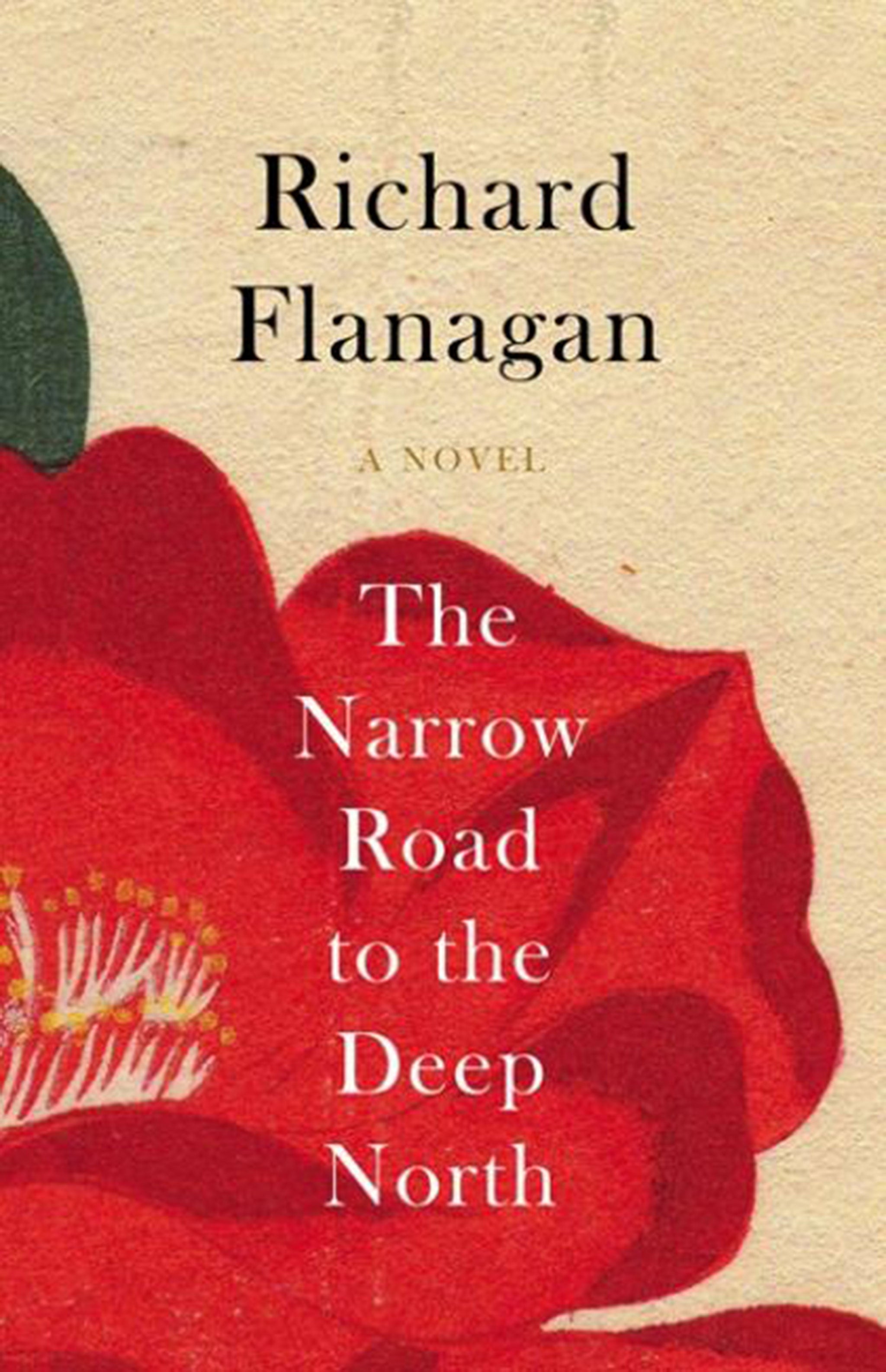The Narrow Road To The Deep North By Richard Flanagan - book review

The 415km railway that was built from 1942 to 1943 during the Second World War between the then Siam (now Thailand) and Burma, is also known as the “Death Railway”. This monicker is derived from the fact that the workers who built it for the then Japanese empire were forced into the labour, and comprised around 250,000 Asian workers and 61,000 Allied prisoners of war, of whom roughly 90,000 Asians and 16,000 prisoners died.
The high death rate was the result of the appalling conditions that workers slaved under, including perpetual near starvation, merciless beatings, ruthless hours, and the many tropical illnesses.
Richard Flanagan’s Man Booker longlisted novel is based partly on the experiences of his father, who was one of those prisoners of war. He survived the experience but saw about a third of his colleagues die.
The novel focuses on a Tasmanian surgeon called Dorrigo Evans, who was the commanding officer of a group of 1,000 Australian and Tasmanian prisoners of war captured by the Japanese and forced to work on the railway. The story flits chronologically between Dorrigo’s childhood, his life before conscription – where he meets a society girl he later marries – his encounter with another woman who will haunt him for the rest of his life; his time in the army, and his subsequent life.
We find out quickly that Dorrigo survived the war, and that in his old age, he receives adulation for his compassionate heroism towards his men during the arduous time of the railway construction. We also know that Dorrigo doesn’t feel he deserves this praise. Part of this may be survivor guilt, the rest because he knows that his private life is flawed: he is a womaniser. It’s apparent to the reader that he sleeps with other women to escape both the stifling duty of his marriage and the memory of the only woman he ever truly loved. To his credit, Flanagan doesn’t make a caricature of Dorrigo’s wife: she may be dull but she has a good heart.
The sections in the war, and especially in the prisoner of war camp, are devastating. Flanagan vividly describes the fate of the men, ravaged by starvation, tropical ulcers which eat away their flesh to the bone, malaria and cholera. The fortitude of the prisoners is remarkable: most find strength from supporting each other.
The scenes from the point of view of some of the prisoners’ tormenters after the war is sobering. Some of the most brutal escape justice. There is one particularly chilling sadist who killed scores of people purely for pleasure, and he never faces punishment. There are insights into the hierarchy of the Japanese army, in which Koreans were seen as lowly. One section is hard to read because of its graphic description of the vivisection of live prisoners practised by some of the Japanese.
Sadly, Flanagan’s father died the day this book was finished. But he would, no doubt, have been as proud of it as his son was of him.
Subscribe to Independent Premium to bookmark this article
Want to bookmark your favourite articles and stories to read or reference later? Start your Independent Premium subscription today.

Join our commenting forum
Join thought-provoking conversations, follow other Independent readers and see their replies